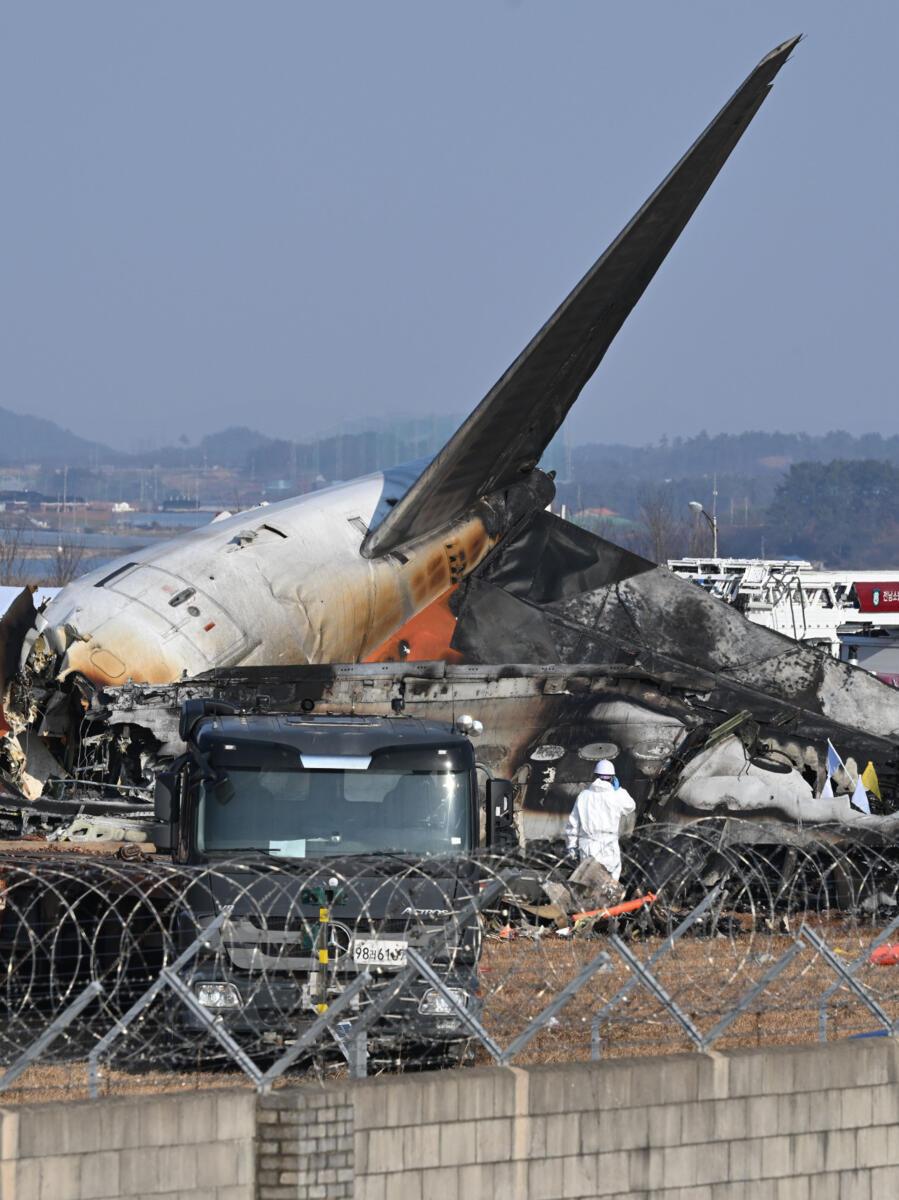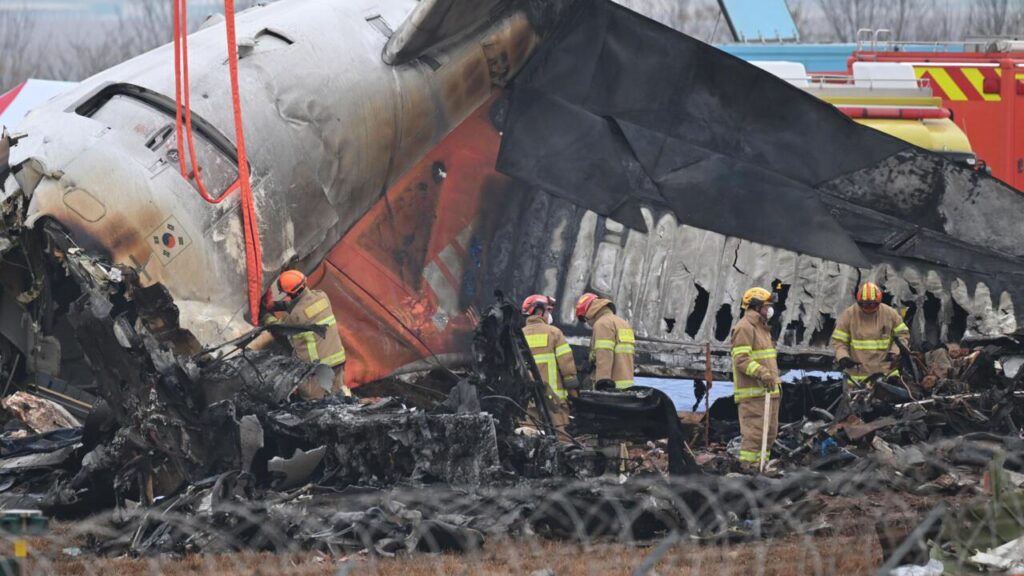In the shadowy aftermath of a catastrophic descent, Jeju Air finds itself at the epicenter of a turbulent narrative that challenges its meteoric rise in South Korea’s competitive aviation landscape. The recent jet crash has not only shattered the tranquil skies but also cast a piercing spotlight on the airline’s safety protocols, forcing industry observers and passengers alike to question the delicate balance between rapid expansion and operational integrity. As fragments of wreckage tell a story of sudden, devastating failure, the incident becomes a critical inflection point for an airline that has swiftly climbed the ranks of the nation’s air carriers. The recent crash of a South Korean passenger aircraft has cast a long shadow over Jeju Air’s operational safety reputation, triggering intense scrutiny of the airline’s rapid expansion and safety protocols. Industry experts are closely examining the circumstances surrounding the incident, which has raised critical questions about the carrier’s risk management strategies.
With an aggressive growth trajectory over the past decade, Jeju Air has transformed from a regional budget operator to a significant player in South Korea’s aviation landscape. However, this dramatic expansion has not been without potential compromises, particularly in maintaining rigorous safety standards across an increasingly complex operational network.
Aviation safety analysts are particularly focused on the airline’s fleet maintenance practices, pilot training programs, and overall safety culture. The crash has highlighted potential systemic vulnerabilities that might have emerged during the company’s accelerated growth phase, where scaling operations can sometimes outpace comprehensive safety infrastructure development.
Regulatory bodies are expected to conduct comprehensive investigations, examining maintenance logs, pilot training records, and operational procedures. The intense spotlight will likely probe whether Jeju Air’s rapid market expansion has inadvertently created blind spots in its safety mechanisms.
Historically, budget airlines have faced challenges in balancing cost-efficiency with stringent safety requirements. The ongoing investigation will potentially reveal whether Jeju Air has maintained robust safety standards or if corners might have been cut during its ambitious growth strategy.
Financial pressures and competitive market dynamics in the low-cost carrier segment can sometimes create environments where operational efficiency is prioritized over meticulous safety protocols. This crash presents an opportunity for comprehensive industry-wide reassessment of safety standards and operational practices.
The incident’s implications extend beyond Jeju Air, potentially impacting investor confidence and passenger perceptions across South Korea’s aviation sector. Transparency in the investigation and subsequent corrective actions will be crucial in rebuilding trust and demonstrating commitment to passenger safety.
International aviation experts will likely closely monitor the investigation’s findings, as the outcome could influence regulatory approaches and safety standards for budget carriers globally. The comprehensive analysis will not just scrutinize the specific incident but evaluate broader systemic risks within rapid-growth aviation environments.
For Jeju Air, the path forward involves not just addressing the immediate investigation’s outcomes but potentially reimagining its safety culture, investing in enhanced training programs, and demonstrating an unwavering commitment to passenger protection.
The coming months will be critical in determining whether this incident represents an isolated occurrence or signals deeper structural challenges within the airline’s operational framework.
